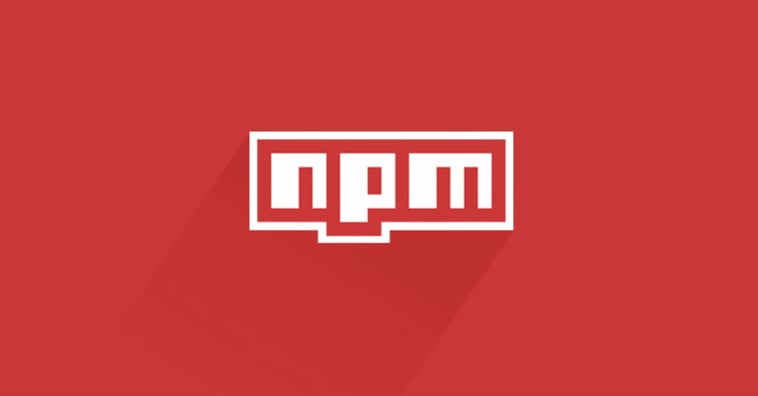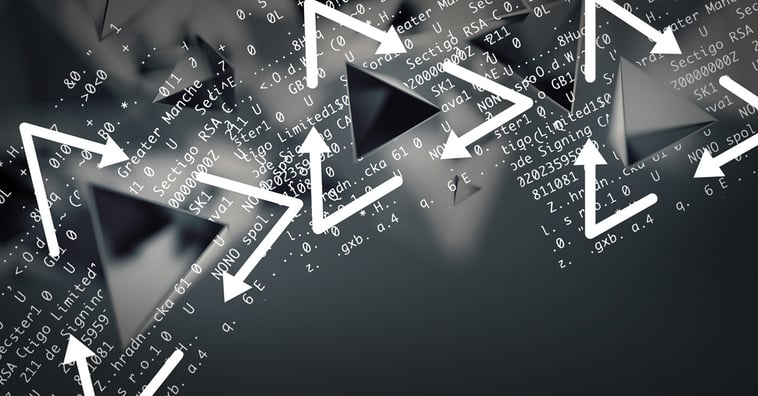Threat Research
Threat Research

Open-source repository malware sows Havoc
Learn moreThreat Research

DLL sideloading — Sometimes known as binary planting or DLL hijacking, DLL sideloading exploits the method Windows uses to search and load dynamic-link library (DLL) files containing shared code and data for various programs. Attackers leverage the DLL search order of Windows systems; by placing a malicious DLL in a directory prioritized in the search sequence, they can trick an application into loading the malicious file before the genuine one.
DLL sideloading can execute arbitrary code, escalate privileges, or facilitate other forms of cyberattacks. Not all applications are vulnerable to DLL sideloading; it depends on how the application loads DLL files and whether it adequately specifies the DLL's path.
Vulnerable application: The attacker identifies an application susceptible to DLL sideloading. This could be a legitimate application that does not specify the full path of the required DLL, allowing Windows to search for the DLL in specific locations.
Malicious DLL: During the application's launch, the attacker creates a malicious DLL file with the same name as the required DLL and places it in a Windows search directory.
Execution: When the vulnerable application is launched, it searches for the required DLL. Since the attacker's malicious DLL is located in a directory prioritized by the search order, Windows loads the malicious DLL instead of the legitimate one.
Exploitation: The malicious DLL can execute arbitrary code, compromise the system's security, or perform actions that the attacker desires.
Application selection: The initial step involves attackers identifying applications ripe for exploitation. Those are applications, often unsuspecting, that lack the explicit specification of the full path for the required DLL file. Such applications inadvertently allow Windows to search for the DLL in predetermined directories, setting the stage for potential compromise.
Malicious DLL creation: The attacker crafts a malicious DLL file that bears the identical name as the required DLL. This file contains a payload of unauthorized code or actions poised to execute once the conditions are right.
Directory placement: The strategically crafted malicious DLL finds its way into a directory searched before the legitimate directory during the application's launch. This orchestration is key to sidestepping security measures and ensuring the intended compromise.
Execution and compromise: When a user launches a vulnerable application, Windows' predetermined search order may cause it to load a malicious DLL from a prioritized directory instead of the intended legitimate file. This misdirection triggers the execution of unauthorized code, jeopardizing system integrity and sensitive data. The co-opted application serves the attacker's motives, initiating a series of repercussions far beyond the initial breach.
Arbitrary code execution: Attackers can execute arbitrary code within the context of a legitimate application, leading to unauthorized access, data theft, and system compromise.
Privilege escalation: Successful DLL sideloading can lead to privilege escalation, granting attackers elevated access privileges to the system.
Infiltration and persistence: Malicious actors can infiltrate systems and maintain persistence by leveraging DLL sideloading, evading detection, and extending their reach.
Secure loading practices: Developers are responsible for meticulously specifying the full paths for DLLs within their applications. Doing so eliminates the ambiguity in the loading process, thwarting the chances of unintended DLL loading. Alternatively, embracing secure loading methods provides an additional layer of defense, ensuring that only legitimate DLLs are employed, thereby reducing vulnerability to malicious infiltration.
Application hardening: Employing techniques that bolster application defenses, developers can implement explicit loading mechanisms. This strategic approach leaves no room for ambiguity, ensuring that DLLs are loaded from trusted sources and directories. Moreover, minimizing reliance on system directories diminishes the exposure to potential attacks, adding an extra layer of protection against unauthorized code execution.
System and application updates: Operating systems and applications, if left unpatched, become vulnerable to exploits that malicious actors can leverage. Frequent updates, infused with security patches, mitigate vulnerabilities and ensure the latest, fortified versions are employed. This proactive approach transforms systems into formidable barriers against DLL sideloading threats.
Malicious payload delivery: In this scenario, attackers capitalize on DLL sideloading to deliver a malicious payload onto a victim's system. Consider an unsuspecting user downloading a seemingly harmless application from an untrusted source. The attacker strategically embeds a malicious DLL with the same name as a required DLL in the application's directory. When the user launches the application, Windows loads the malicious DLL instead of the legitimate one, facilitating the execution of unauthorized code. This breach compromises system integrity, potentially leading to data theft, unauthorized access, or total system control.
System escalation and privilege elevation: DLL sideloading can also enable attackers to escalate privileges and gain control over a victim's system. In an organizational context, a malicious actor may exploit a vulnerable application used by employees. By sideloading a malicious DLL into the application's directory, the attacker tricks the system into loading the malicious code instead of the intended DLL. This can lead to elevated system privileges, allowing attackers to bypass security controls, access sensitive data, and potentially compromise the entire network.
Espionage and data exfiltration: DLL sideloading can serve as a vehicle for cyberespionage, primarily when attackers target specific organizations or industries. Imagine an attacker infiltrating an organization by compromising a legitimate application for sharing confidential files. By sideloading a malicious DLL into the application's directory, the attacker can gain unauthorized access to sensitive documents, exfiltrate valuable information, and potentially compromise intellectual property, trade secrets, or customer data.
Evasion of security measures: Attackers often employ DLL sideloading to bypass security measures designed to detect and prevent unauthorized code execution. For instance, consider a scenario where an organization uses security software that monitors the integrity of known DLLs. An attacker sideloads a malicious DLL into a directory where the security software searches for legitimate DLLs. The attacker successfully evades detection by exploiting the security software's trust in the directory, allowing the malicious code to execute undetected.
Masking ransomware intrusion: In the context of ransomware attacks, attackers can use DLL sideloading to facilitate the initial intrusion. Attackers can bypass security measures and execute the ransomware code by embedding a ransomware payload within a malicious DLL and sideloading it into a legitimate application's directory. This initial intrusion opens the door for encrypting files, demanding ransom payments, and causing widespread disruption within the victim's organization.
For further insights into DLL sideloading, explore the following articles:


